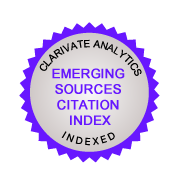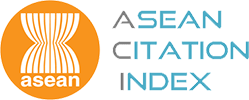The Relationship between Government Revenue and Expenditure in Malaysia
Keywords:
Budget deficit, Intertemporal budget constraint, Government revenue and expenditure, Cointegration, MalaysiaAbstract
The study examines the relationship between government revenue and expenditure in Malaysia. The results of the Dickey and Fuller (1979) and Phillips and Perron (1988) unit root test statistics show that government revenue and expenditure are integrated of order one. The results of the Johansen (1988) and Gregory and Hansen (1996) cointegration methods show that government revenue and expenditure are cointegrated. Thus, there is a longrun relationship between the government revenue and expenditure. The intertemporal budget constraint is not violated and the budget deficit of the Malaysian government is generally said to be sustainable. The results of the Granger-causality test generally show that the government revenue leads to government expenditure in Malaysia.
Additional Files
Published
01-12-2005
How to Cite
Tsen, W. H., & Ping, L. K. (2005). The Relationship between Government Revenue and Expenditure in Malaysia. International Journal of Management Studies, 12(2), 53–72. Retrieved from https://e-journal.uum.edu.my/index.php/ijms/article/view/9210
Issue
Section
Articles












